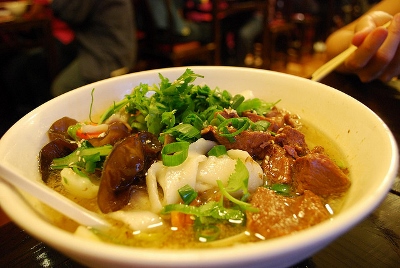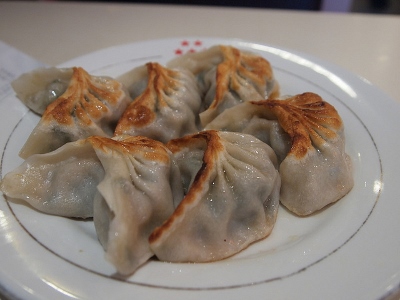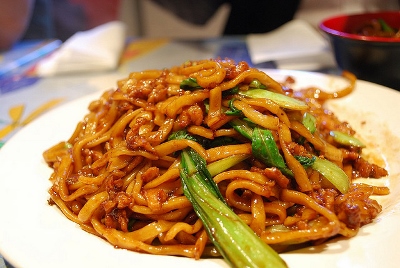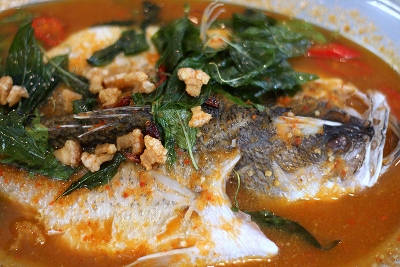6 Classic Good Luck Dishes for Chinese New Year
Flickr/Epic Fireworks
February is pretty dreary, being so far past New Year’s Eve and with spring still weeks (or months) away—but there is a midwinter celebration to look forward to, and it’s one of the best in the world. Chinese New Year (or, more accurately, Lunar New Year) begins this year on February 19 and ends March 5, meaning there are over two weeks of music, parades, food, and general merriment to enjoy during an otherwise unforgiving time of year.
This year is the Year of the Sheep or the Year of the Goat … and, more specifically, a year of the Wood Goat, which occurs only every 60 years. The symbol for this year is the yang, Yahoo reports, which can symbolize any of the members of the Caprinae subfamily, including goats, sheep, and rams. Lucky colors for the year are brown, red, and purple, and lucky numbers are two and seven.
As with all celebrations that center around time spent with loved ones, food is a big part of Chinese New Year. Many of the dishes commonly served during the holiday contain foods symbolizing luck, wealth, and good health—all things we’d like to have be part of our year. Here are six foods that both help ensure prosperity during the coming year, and taste great.
1. San yang kai tai

Flickr/Alpha
Because of which year it is, dishes that feature goat will be particularly popular. This traditional goat stew is one popular choice—its name used to be a good-luck greeting in Chinese, and the character for goat is found in the one for good luck. The dish contains goat meat, cabbage, radish, green onion, and ginger. You could also try Beijing lamb stew or Szechuan ginger goat.
2. Nian gao
Flickr/Alpha
The gao of this cake’s name sounds like the one for tall or high, but nian gao means “year cake” and it symbolizes reaching new personal highs in the coming year. That can refer to many different things: for example, the continued growth and good health of children, a growing fortune, a new career achievement, or academic success. This steamed cake is made of glutinous rice flour, oil, and brown sugar. It sometimes also has ingredients like lotus leaves, dates, or chestnuts, all with different positive symbolism.
3. Yuanbao

Flickr/John
-

-

-

-

-

-

-

-

-

-

-

-

-

-

-

-

-

-

-

-

-

-

-

-

-

-

-

-

-

-

-

-

-

-

-

-

-

-

-

-











































